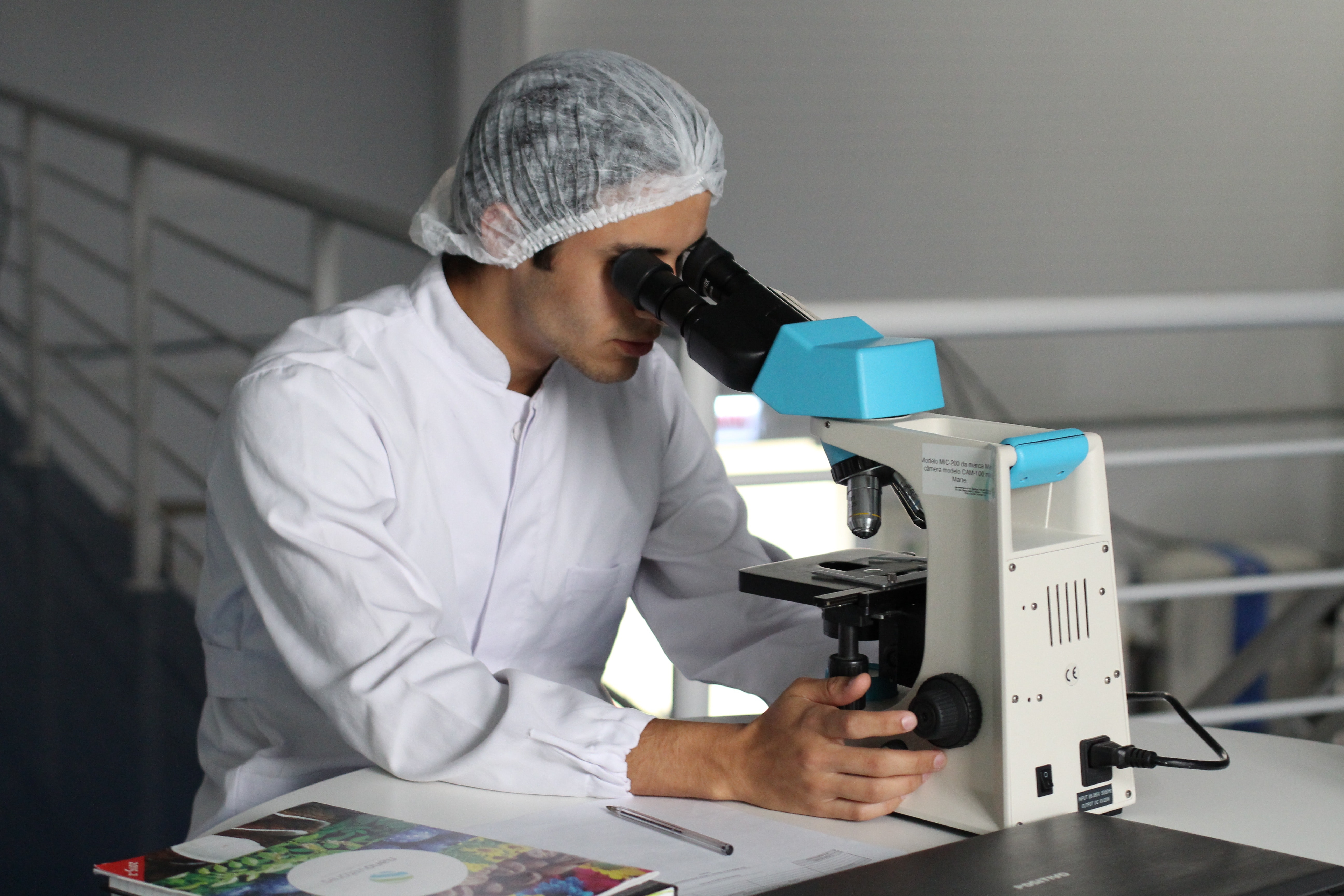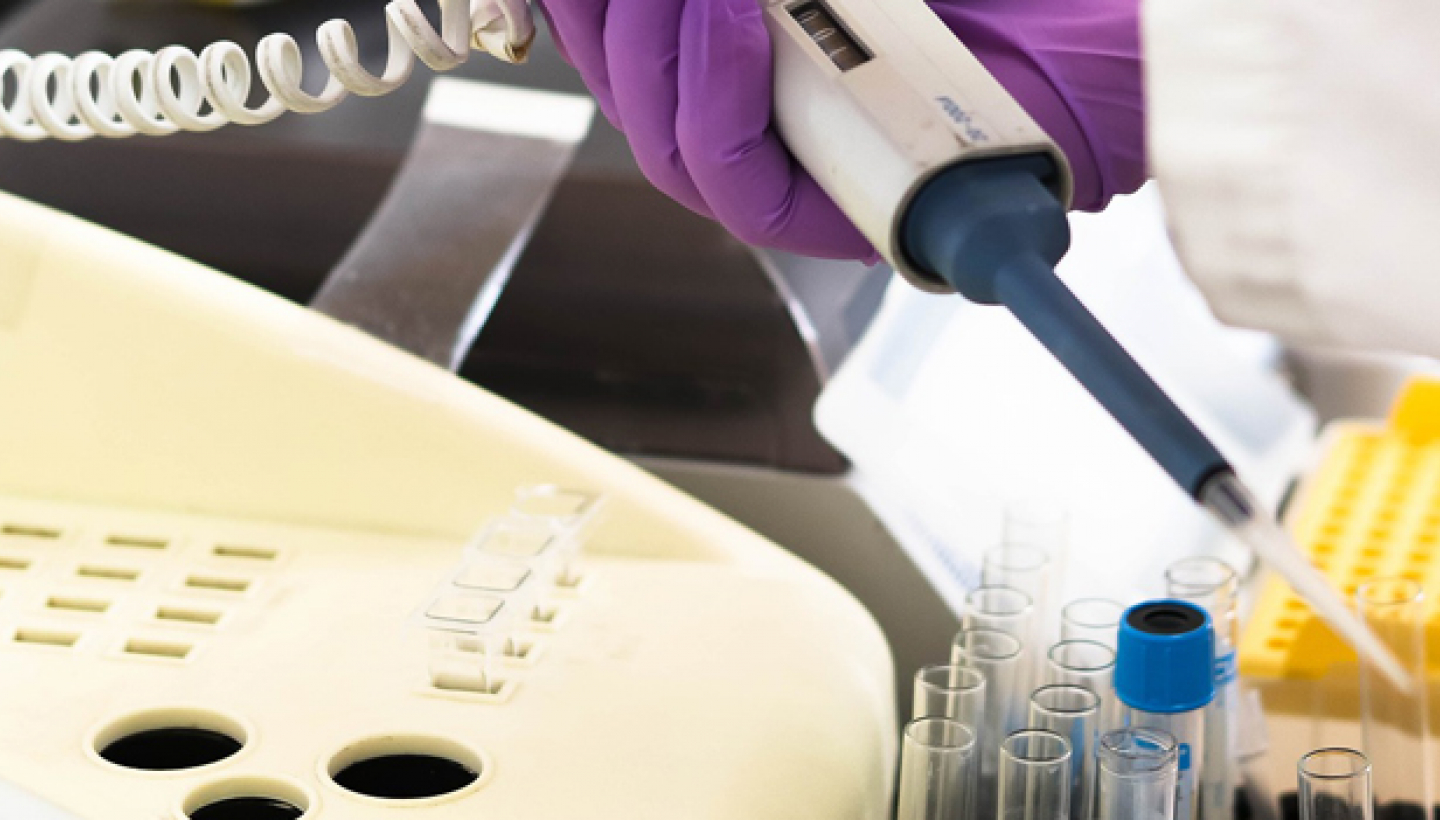New technologies are forcing pharma brands to rethink the type of partners and skills they need for the future.
One of our clients, a reputed Swiss pharmaceutical company, came to us with the proposal to become their partners is defining an innovation strategy for 2019.
The Challenge
The challenge was to build an innovation strategy that would incorporate the latest trends in pharma like patient centricity, transparent R&D procedures and taking advantage of the current technological potential for data exploitation.
The process
1. Business model benchmarking
The first thing we did was to conduct a Business Model benchmarking. We studied competitors’ innovation models to get an understanding of their business processes and see if we can apply any of those practices to improve performance and gain competitive advantage. Our innovation team together with representatives of the company were involved in the process of co-creation of the innovation model.
The client decided to consolidate the efforts to innovate and produce groundbreaking research. In 2018, the company acquired an electronic health record company (EHR) that captures structured and unstructured oncology data from laboratories and research repositories. Additionally, they bought an analytics engine that pulls out insights from unstructured data which combined with electronic medical records generates clinical evidence. This system addresses the clinical trial process optimisation and enables the pharmaceutical company to innovate.
The company plans to gain a leadership position in the highly competitive oncology therapeutics market in the next five years. Oncology therapeutics contribute to 60% of the company’s revenue and is critical to ensure continued business performance.
The decision to go into genomics analytics will be consolidated in 2019. Our client signed a partnership with a company to use the REFS (Reverse Engineering and Forward Simulation) technology to analyse proprietary EHR and next-generation sequencing data for insights on drivers of drug response and cancer progression. The company has one of the most advanced databases and analytics platforms to create personalised treatments for cancer patients.

2. Analysis of innovation maturity
Our team of consultants used the Innovation Management Maturity Model to assess the innovation capabilities of the company including people, processes and tools needed to speed time to market. This model is critical in creating a repeatable strategic framework for innovation excellence.
3. Gap diagnosis between vision and current status
We conducted a gap analysis to set objectives by looking at the mission statement and its strategic goals. The next phase was to analyse the business processes by gathering data on performance levels and the allocation of resources.
During the consultancy sessions, we managed to design an innovation model based on the five fundamental pillars of organizational transformation; as well as the design of a more agile process that allows early decision making. We have also created a two-year roadmap with short, medium and long-term objectives.



